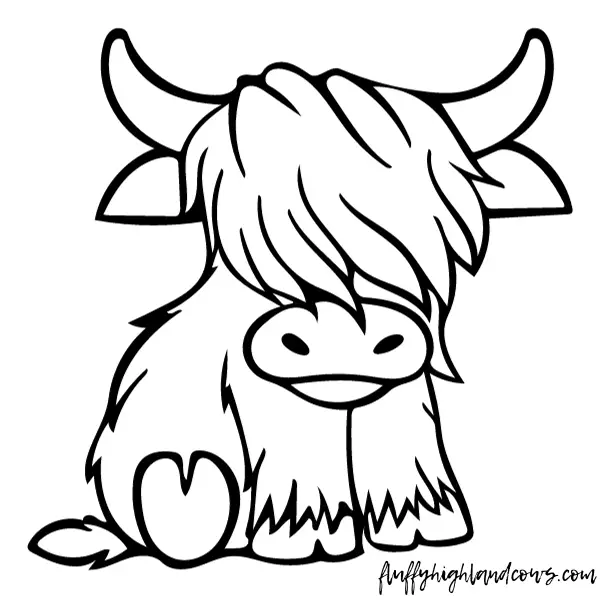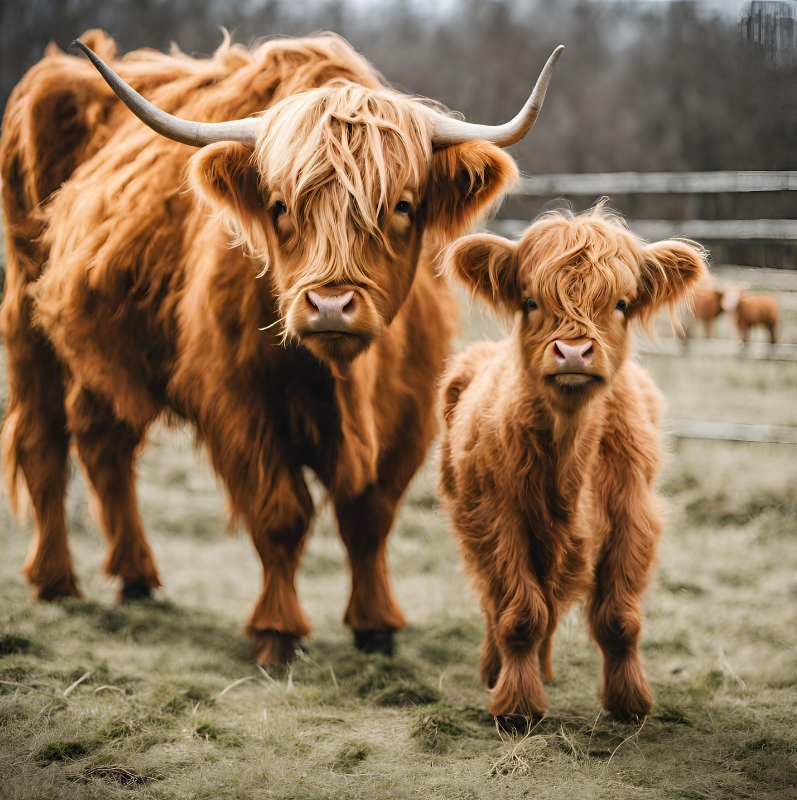The Versatile and Hardy Highland Cattle: A Boon for Diverse Farming Practices
Highland Cattle are renowned for their adaptability, thriving in a wide range of environments from the chilly heights of Canada and Finland to the warm expanses of Texas. Their resilience and ability to flourish in various climates make them a favorite among breeders and beef producers with diverse needs and farming systems.
Whether sprawling across thousands of acres or grazing on modest plots of five to ten acres, Highland Cattle are a common sight. They seamlessly integrate into various landscapes, including estate lands, woodlands, national nature reserves, and traditional farmlands, showcasing their remarkable versatility.
Low Input and Hardy Nature
Highland Cattle excel in tough conditions, making the most of rough, otherwise barren uplands. This trait positions them perfectly for extensive, low-input farming. Their robustness means they often require minimal intervention until the final stages of production. Capable of thriving on grass alone and enduring outdoor conditions year-round, they significantly reduce the need for costly infrastructure like sheds.
Their efficiency and resilience explain their presence in diverse settings, from mixed farms in the lowlands to challenging terrains of hills and mountains across the UK.
Conservation Champions
Beyond their economic value, Highland Cattle play a crucial role in conservation efforts. Their grazing habits are instrumental in various conservation projects, aiding in the management of Sites of Special Scientific Interest, meadow establishment, forest floor development, and heather moorland regeneration.
Grazed at low densities, Highland Cattle contribute to nature conservation management in woods, moorlands, wetlands, and other natural areas. Their activities promote nutrient recycling, enhance plant diversity, and contribute to a more complex vegetation structure, making them invaluable for conservation grazing and environmental recovery schemes.
Commercial Production Powerhouses
Highland Cattle are pivotal in producing commercial hill cows, whether raising pure Highland calves or Highland crosses. The crossbred Highland cow benefits from the hardiness of its purebred counterpart and the added advantage of hybrid vigor.
Crossbreeding with breeds like the Beef Shorthorn or Aberdeen Angus results in offspring that are well-suited for low-input farming systems, capable of producing high-quality beef carcasses. Highland Cattle have also made significant contributions to food conversion efficiency, with many commercial breeders participating in premium beef schemes like Dovecote Park/Waitrose and Morrisons, which require siring by a registered Pedigree Highland bull.
The Highland Beef Advantage
Highland beef is distinguished by its low cholesterol and high protein and mineral content, offering a taste that surpasses many other breeds. The growing consumer interest in the provenance and lifestyle of their beef aligns with the natural, healthy life led by Highland Cattle. This demand supports conservation and biodiversity while ensuring a premium price for the beef, especially through farm shops and gate sales.
A Docile and Long-Lived Breed
Known for their easy calving and docility, Highland Cattle are also amenable to halter training, making them a familiar sight in show rings. They boast impressive longevity, continuing to calve into their late teens and providing a sustainable option for breeders looking for long-term productivity.
In summary, Highland Cattle offer a blend of versatility, hardiness, and low maintenance that makes them suited to a wide array of farming practices and conservation efforts. Their ability to adapt to diverse environments, coupled with their contribution to high-quality beef production, cements their status as a valuable asset to the agricultural community.

